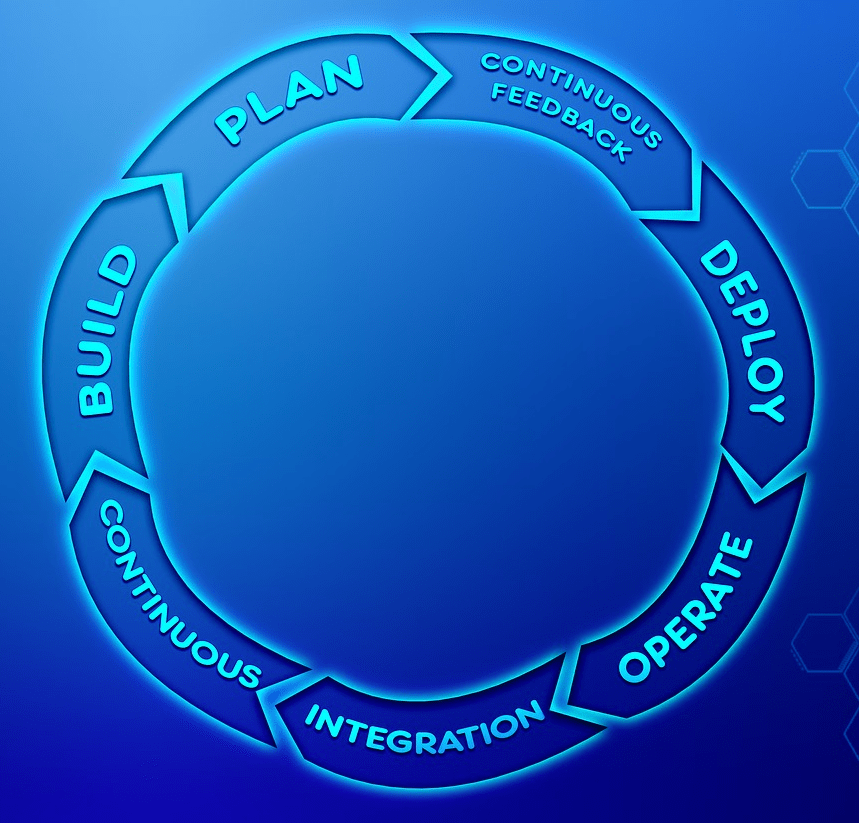Every week there are significant news from the world of AI and one can ask when an LLM (i.e. an engine like the one behind ChatGPT) will be able to replace the planner in the company. As long as the planning process is conditioned by information outside the system, known only to the planner (content of phone calls, post-its, etc.) it will be difficult for this to happen completely but we can still clarify in which ways today generative artificial intelligence (GenAI) can intervene in the planning and scheduling process and with what benefits.
Forecasting
So far, forecasting methods based on LLMs have not obtained better performances than more traditional methods according to scientific literature (https://arxiv.org/abs/2406.16964 and https://arxiv.org/pdf/2412.19286).
Tool they use in the LLM
Whatever the tool, i.e. the software, that you are using to plan production and purchasing (ERP, spreadsheet, APS), you can get help from an LLM in some of your activities, both to reduce operating times and errors. The type of integration that can be achieved between the tools makes the difference and conditions the user experience. Even more important in this integration is deciding whether you want to use a local LLM (ideal for keeping data in the company) or an external one like those of OpenAI or Anthropic.
In Cowry, the APS of Paneido, you can ask an LLM to help you prepare a script to integrate data with other systems or to automate some operations. You can also ask the LLM from Cowry to help you clarify the plan without changing the environment, i.e. without copying and pasting the context data of the question into the LLM chat, because these are passed to him automatically through selections in Cowry, unlike what can be done using an ERP, a spreadsheet or other APS. In Cowry, the connection with an LLM can be implemented as a plugin written in Python and adaptable to the specific reality. The LLM to be used can also be chosen within the plugin.
LLMs that use tools
This approach is certainly the most stimulating for the future scenarios that it can open up and has two levels of implementation with different ambitions
LLM as a user interface of the tool
It is possible to use the LLMs as an alternative user interface to the tools, which thus become usable even by those who have not been trained on how to use the tools and how to read their screens. For example, we can ask an LLM for a delivery date for a possible new customer order. The LLM does not have bills of materials, cycles and our current production plan inside it to respond autonomously, but it can send the request to our APS, have the response processed and then present it to us verbally without us needing to know how to find our way through the APS screens. With different systems this can be easily achieved, as long as they allow their functions to be invoked from outside the application and as long as they provide realistic answers and in times compatible with the user’s patience in waiting for an answer. The LLM can also be used for non-preconfigured requests such as dating requests (any question regarding the plan) if the planning software is able to execute code (for example SQL or Python) dynamically generated by the LLM. If the planning tool is not able to execute dynamically generated code then the only possible approach is to define a set of questions that the tool can answer, implement the functions that provide the answers to those questions and accept that the tool, via LLM, cannot answer different questions
LLM becomes an agent
When we talk about agents it means enabling an LLM to act, that is to use external tools (other software in general) both to retrieve information, that is as a user interface, but also to perform activities. For example, in your planning process the LLM could have the purchasing and production plan updated by the external tool (APS for example) when certain events occur (or with a defined periodicity) and transmit the new orders to the ERP, suppliers and the production department if in a position to interoperate with ERP, e-mail and MES respectively. Or directly request the delivery of an order that is now overdue from the supplier. In this context the advantage of having the Cowry APS instead of other software is decisive because it can execute Python code dynamically generated by the LLM and practically every LLM already knows how to create Python code. With APS that only use SQL or proprietary languages to perform operations in the application, the configuration activity is much more onerous both for the APS manufacturer and for the companies that use them
Sooner or later, every company will undertake a project to adopt an LLM internally to support different processes. For example, using an LLM to support its customers means providing it with the knowledge to answer questions about products, return procedures or payments. Enabling this LLM to also answer questions about delivery dates of products and spare parts is an added value if you have tools, such as the advanced planning system Cowry, that can be easily integrated with LLMs and existing systems in the company.





